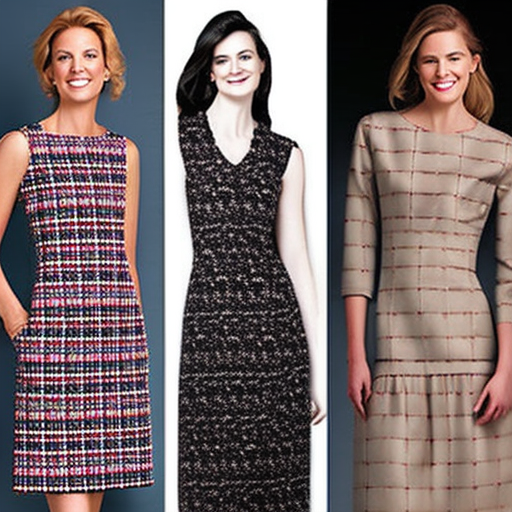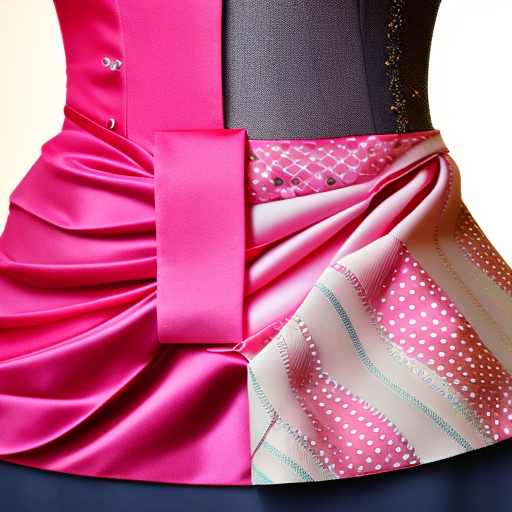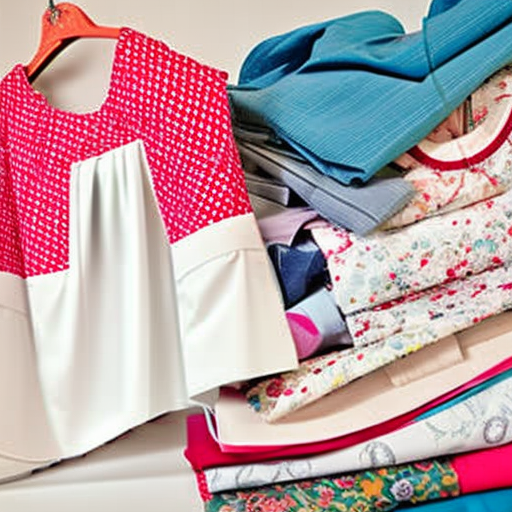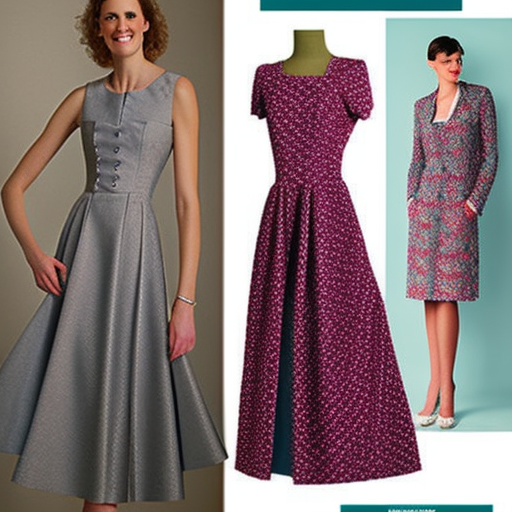Introduction
Traditional Japanese clothing, known as “wafuku,” is a remarkable blend of style, culture, and history. Tailoring these garments can be a rewarding experience, letting you appreciate the intricate designs and techniques that have been passed down through generations. Whether you are a beginner or a seasoned sewist, exploring traditional Japanese clothing sewing patterns opens up a world of creativity and elegance.
Types of Traditional Japanese Clothing
Japanese clothing encompasses various styles, each with its unique characteristics and purpose. Here are a few types of traditional Japanese garments you can learn to sew:
- Kimono: The kimono is perhaps the most well-known and widely recognized Japanese garment. Its timeless style, with wide sleeves and a wrap-around design, creates an elegant silhouette suitable for various occasions.
- Yukata: Ideal for summer, the yukata is a lightweight and casual version of the kimono. It is often made of cotton, featuring vibrant patterns and colors.
- Hakama: Traditionally worn by samurai and warriors, hakama are wide-legged pants held together by a series of pleats at the waist. Nowadays, they are predominantly worn for formal ceremonies.
- Obi: The obi is a wide belt used to secure and adorn kimono. The tying techniques and patterns vary greatly, making the obi a significant component of traditional attire.
Learning Traditional Patterns
Mastering traditional Japanese clothing sewing patterns requires attention to detail and precision. Fortunately, there are various resources available to guide you on this captivating journey.
Books and online tutorials offer step-by-step instructions and detailed diagrams to help you create authentic garments. Some popular titles include ”Making Kimono & Japanese Clothes” by Jenni Dobson and “Kimono Design: An Introduction to Textiles and Patterns” by Keiko Nitanai.
Additionally, joining sewing communities and workshops can provide valuable insights and hands-on experience. Connecting with fellow sewing enthusiasts allows for knowledge sharing and a deeper understanding of Japanese garment construction.
Choosing Fabrics
The choice of fabric greatly influences the final appearance and comfort of your traditional Japanese garments. While silk is commonly used for formal kimono, other options like cotton and linen offer versatility and ease of sewing.
Consider the weight, drape, and texture of the fabric, ensuring it complements the desired style of the garment. Patterned fabrics with traditional motifs or vibrant colors can enhance the authenticity of your creation.
Furthermore, exploring Japanese textile shops or online stores can provide access to fabrics specifically designed for traditional clothing, allowing you to recreate a truly authentic piece.
Preserving Cultural Heritage
Sewing traditional Japanese clothing patterns not only allows for personal creative expression but also helps preserve a rich cultural heritage. By delving into this art form, you become part of a lineage that spans centuries, celebrating the beauty and significance of wafuku.
Remember to approach this craft with respect and appreciation, embracing the traditions and values embedded in each stitch. The process may be challenging at times, but the end result is a unique and meaningful piece of clothing that embodies the spirit of Japan.
Inspiration and Exploration
Traditional Japanese clothing sewing patterns offer a fulfilling and enriching sewing experience. Whether aiming for authenticity or adding modern twists, the intricate designs and timeless appeal of wafuku present endless possibilities for sewists around the world. So, immerse yourself in the world of traditional Japanese clothing and let your creativity flourish!





Amazing! I’m so excited that someone has taken the time and effort to share these incredible pattern ideas.
What a fantastic resource! These sewing patterns look like a fantastic way to learn about a historically rich tradition and create something special for yourself or a friend.
Wow! I love learning about other cultures and this is a unique opportunity to do just that. I can’t wait to get started!
This is a wonderful resource for anyone looking to make a piece of traditional Japanese clothing – a fantastic way to explore and appreciate the culture while making something beautiful for yourself or a loved one. A great way to learn and get creative!
Absolutely amazing! This is such a unique opportunity to learn about a different culture and produce a stylish piece of clothing.
This is such an amazing opportunity to explore and appreciate another culture through fashion! These traditional Japanese clothing sewing patterns will no doubt give you an enriching and creative experience. What a great way to learn about the historical richness of Japanese culture and create something beautiful and unique.
Absolutely amazing! This is such a unique opportunity to learn about a different culture and produce a stylish piece of clothing. Bryce Sanford: Wow! I love learning about other cultures and this is a unique opportunity to do just that. I can’t wait to get started! Christian Putnam: Amazing! I’m so excited that someone has taken the time and effort to share these incredible pattern ideas – this traditional Japanese clothing sewing pattern is an amazing resource to explore the culturally rich history of Japan and make something truly special.
What a fantastic opportunity to learn about culturally-rich Japan! These traditional Japanese clothing sewing patterns seem like an amazing way to combine timeless tradition and chic style to create something special and unique.
These traditional Japanese clothing sewing patterns are a wonderful way to bring this culture to life. It’s so exciting to discover new and creative ways to explore and appreciate other cultures!